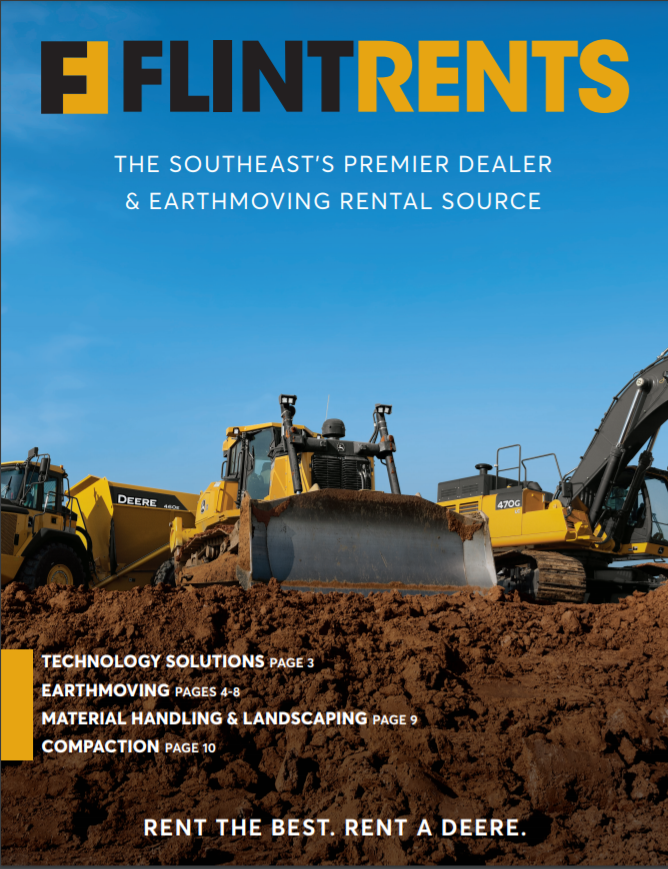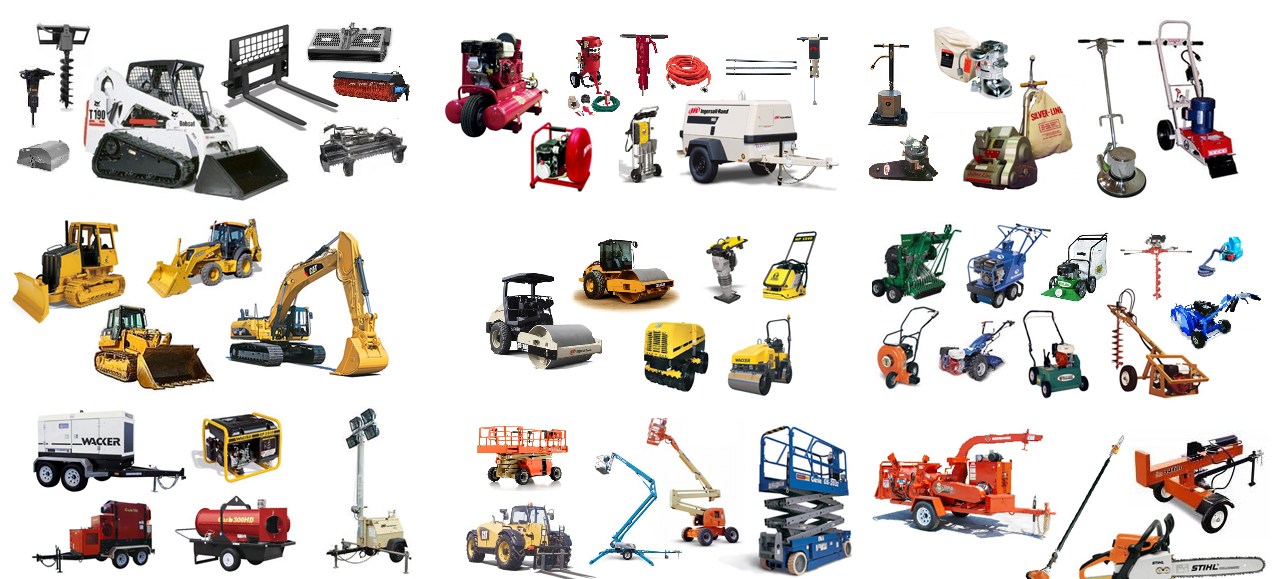Optimize Your Budget by Comprehending the Costs Associated With Building And Construction Tools Services
Recognizing the full range of prices associated with building devices services is important for optimizing your budget. What techniques can be utilized to properly manage these costs and make sure an extra efficient rental experience?
Introduction of Rental Costs
When taking into consideration building devices rentals, recognizing the associated expenses is critical for reliable budgeting and project preparation. Rental costs can differ considerably based upon several aspects, including devices type, duration of service, and location. The initial rental fee frequently mirrors the devices's market demand and its linked functional abilities, affecting the general expenditure.
Along with the base rental price, ancillary expenses might occur, such as transport costs, fuel surcharges, and upkeep costs. It is necessary to make up these additional costs to properly assess the total expense of renting out equipment. The rental duration can impact pricing; longer leasings might certify for affordable prices, while temporary rentals might incur higher daily charges.

Breakdown of Rental Prices
A comprehensive understanding of rental prices is important for specialists and task supervisors aiming to enhance their budgets. Rental rates for building equipment generally include several parts, consisting of base rates, time-based charges, and use charges.
Base rates are the core charges linked with the leasing of the equipment, often established by the kind and size of the equipment. These prices can vary significantly, affected by elements such as equipment need, accessibility, and local market patterns. Time-based charges, which might be daily, weekly, or monthly, serve to accommodate various project timelines and rental periods.
Furthermore, rental rates might include use fees, which apply when tools is used beyond a defined threshold, making certain that the rental business can account for damage. Seasonal demand variations can likewise affect rental prices, with peak construction periods usually regulating higher rates.
Furthermore, understanding the rental firm's policies pertaining to upkeep and insurance coverage can provide additional understanding into the general cost structure. By analyzing these elements, contractors can make educated choices, making certain the choice of rental tools aligns with both job demands and budget restrictions.
Extra Charges to Take Into Consideration
Recognizing the intricacies of additional costs is critical for professionals to manage their general rental expenditures effectively. Beyond the conventional rental rates, various supplementary fees can considerably affect the complete price of tools service. These charges usually consist of distribution and pickup fees, which can vary based upon range and logistics associated with delivering the equipment to and from the job website.
In addition, some imp source rental firms might enforce fuel additional charges if the devices is returned with much less fuel than when rented out. It is additionally vital to recognize potential cleaning fees, especially for specific tools that calls for comprehensive maintenance after usage.

Extensively assessing the rental agreement and clearing up these additional fees ahead of time can help specialists guarantee and stay clear of unanticipated expenses that spending plans continue to be intact throughout the project lifecycle.
Maintenance and Repair Work Costs
Routine maintenance and repair costs are typically neglected variables that can substantially influence the overall expense of building and construction equipment services. When renting equipment, it is important to consider not only the rental charges however likewise the prospective expenses related to keeping the machinery in ideal operating condition.
Numerous rental business include standard maintenance as Recommended Site component of the rental contract; nonetheless, extra substantial repairs or unanticipated failures can cause extra expenses. It's important to examine the rental agreement meticulously to comprehend what maintenance solutions are covered and what obligations drop on the renter.
Furthermore, devices that is not well-maintained can lead to ineffectiveness on the task site, possibly creating hold-ups and increasing project expenses. To minimize these dangers, it is suggested to perform routine examinations and preserve open communication with the rental copyright concerning any type of issues that emerge throughout usage.
Insurance and Obligation Costs
Insurance and obligation expenses are essential parts that can significantly affect the total expense of building equipment leasings (dozer rental). These expenses guarantee that both the rental business and the client are shielded from potential financial losses developing from crashes, damages, or burglary during the rental duration

Furthermore, customers ought to understand any type of deductibles or exemptions in the insurance plan, as these can impact potential out-of-pocket expenditures. find here Recognizing the conditions of any type of insurance policy coverage is vital to stay clear of unforeseen prices. Eventually, budgeting for insurance and obligation expenses can assist ensure a smoother rental experience and secure against monetary risks linked with building and construction jobs.
Final Thought
In verdict, a detailed understanding of the prices connected with construction devices leasings is vital for effective spending plan monitoring. By assessing rental rates, extra charges, maintenance expenditures, and insurance needs, companies and individuals can minimize unexpected expenses. This tactical approach not just enhances cost-effectiveness but also makes certain that jobs proceed smoothly and successfully. Ultimately, educated decision-making pertaining to equipment rentals contributes to the general success of building and construction ventures.
Rental expenses can vary dramatically based on several aspects, consisting of equipment kind, period of leasing, and location (heavy equipment rental). The rental duration can affect prices; longer services may qualify for reduced prices, while temporary services may incur greater everyday fees
By conducting thorough study and engaging with reputable rental companies, specialists can properly navigate the complexities of rental rates, inevitably optimizing their economic resources.
Past the standard rental prices, different auxiliary charges can substantially affect the complete cost of devices leasing. Rental companies frequently give liability insurance that covers injuries to 3rd parties or damages to building, while devices damages insurance coverage can cover the cost of repairs or substitute if the leased tools is harmed.